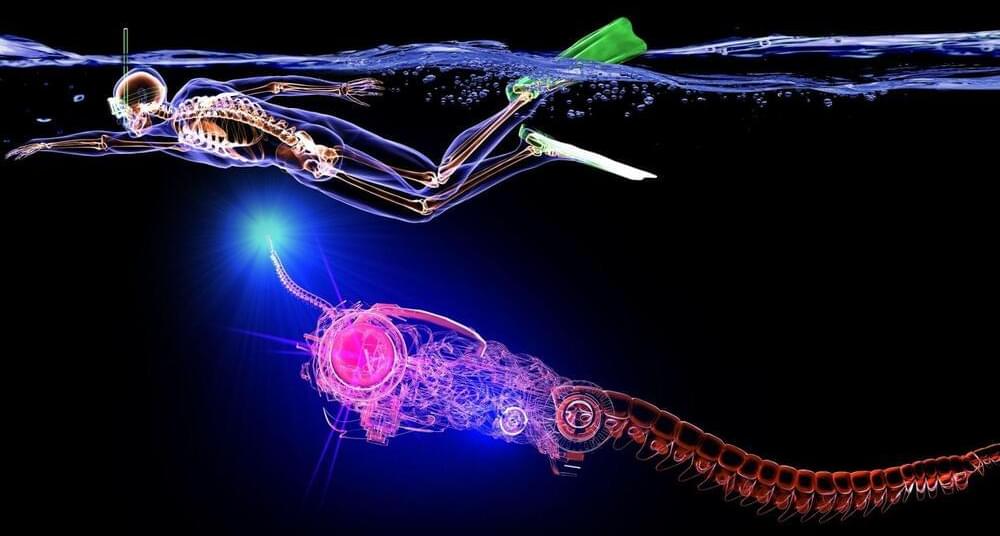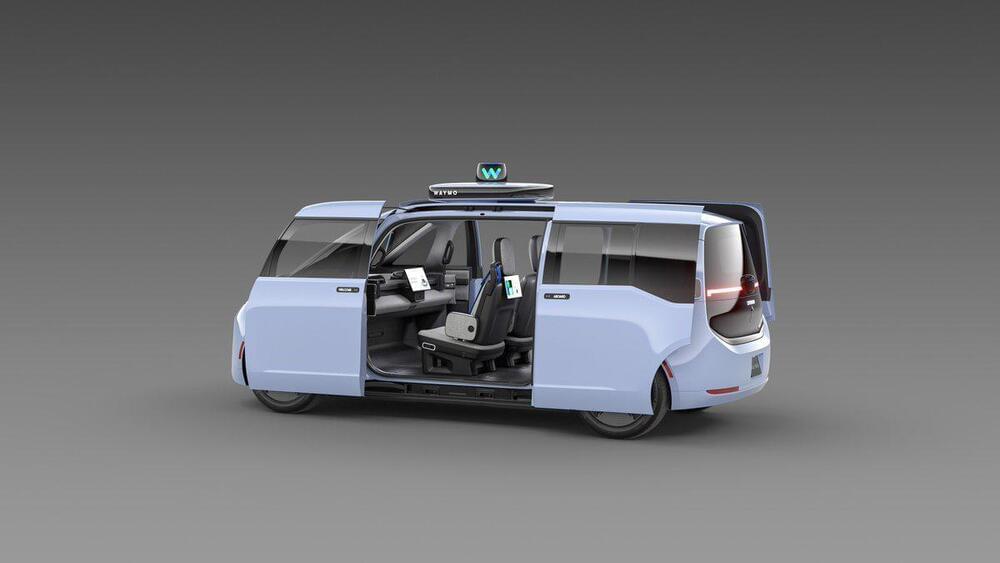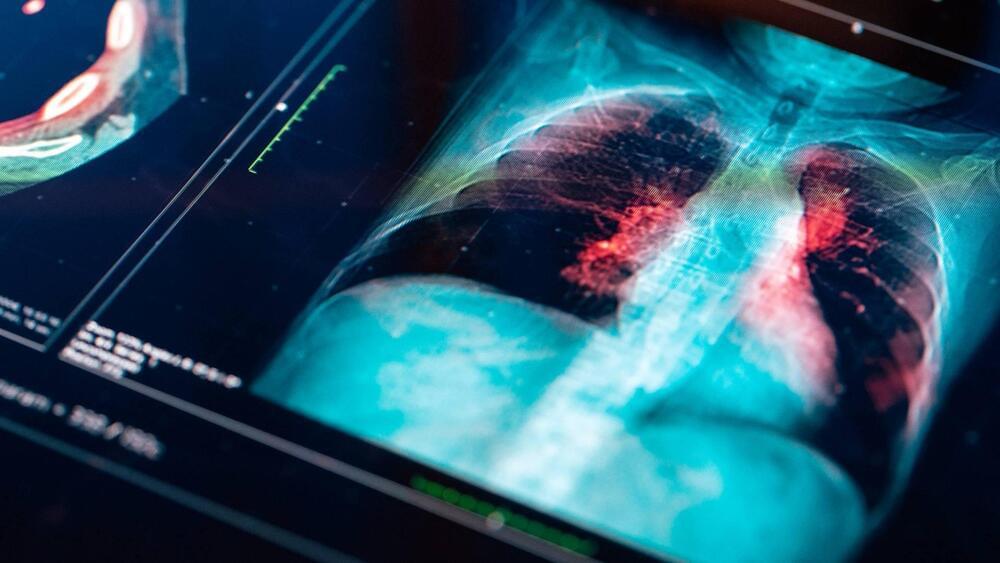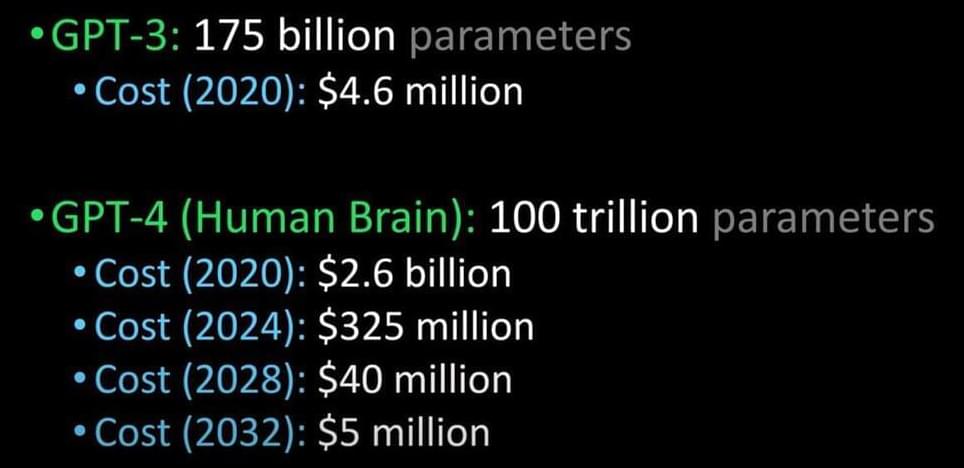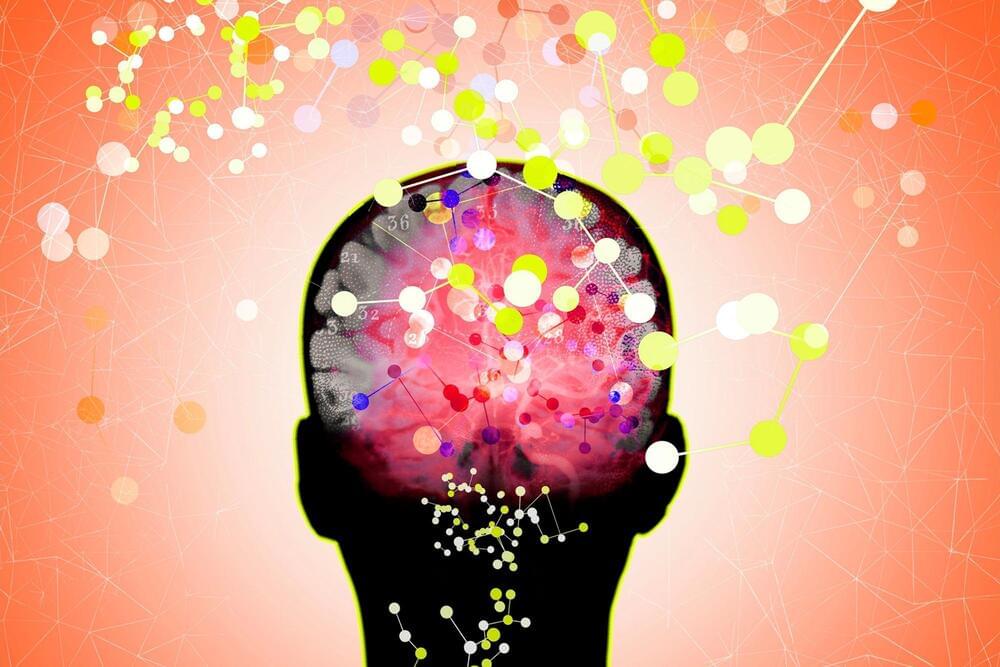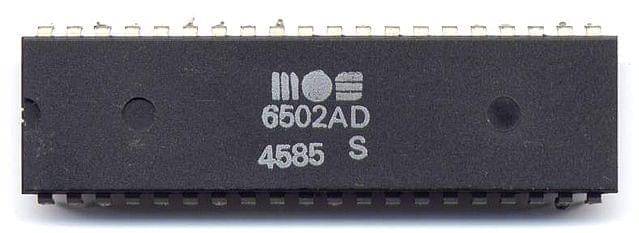Theoretical physicist and author, Julian Barbour, talks to us about why time is an illusion and what this means for the quantum mechanics of the universe.
#time #quantum #physics #interview #iaitv.
** Subscribe to the Institute of Art and Ideas https://www.youtube.com/user/IAITV
** Listen to our weekly podcast: https://soundcloud.com/instituteofart… Donate to the Institute of Art and Ideas: https://iai.tv/support-the-iai/donate Julian Barbour is a theoretical physicist working on on foundational issues in physics for nearly fifty years, specializing in the study of time and motion. He is emeritus visiting professor in physics at the University of Oxford. He is the author of Absolute or Relative Motion?, The End of Time, and The Janus Point. Barbour’s work on time has forcused on the illusion of time. He argues, time as such does not exist but only change. He has shown how, alongside the relativity of motion, the notion of time as change can be built into the foundations of dynamics and looked at the consequences of this implication for the quantum mechanics of the universe. For more from Julian Barbour watch: Does Infinity Exist? | Julian Barbour, Laura Mersini-Houghton, Peter Cameron https://iai.tv/video/the-infinite-puzzle Time, Space and Being | Julian Barbour, Huw Price, Michela Massimi https://iai.tv/video/time-space-and-b… The Elegant Universe | Julian Barbour, Nancy Cartwright, Steve Fuller https://iai.tv/video/the-elegant-univ… DELVE DEEPER For debates and talks: https://iai.tv For articles: https://iai.tv/articles For courses: https://iai.tv/iai-academy/courses.
** Donate to the Institute of Art and Ideas: https://iai.tv/support-the-iai/donate.
Julian Barbour is a theoretical physicist working on on foundational issues in physics for nearly fifty years, specializing in the study of time and motion. He is emeritus visiting professor in physics at the University of Oxford. He is the author of Absolute or Relative Motion?, The End of Time, and The Janus Point. Barbour’s work on time has forcused on the illusion of time. He argues, time as such does not exist but only change. He has shown how, alongside the relativity of motion, the notion of time as change can be built into the foundations of dynamics and looked at the consequences of this implication for the quantum mechanics of the universe.
For more from Julian Barbour watch:
Does Infinity Exist? | Julian Barbour, Laura Mersini-Houghton, Peter Cameron.



